Exploring Kraków: History, Culture, and Hidden Gems
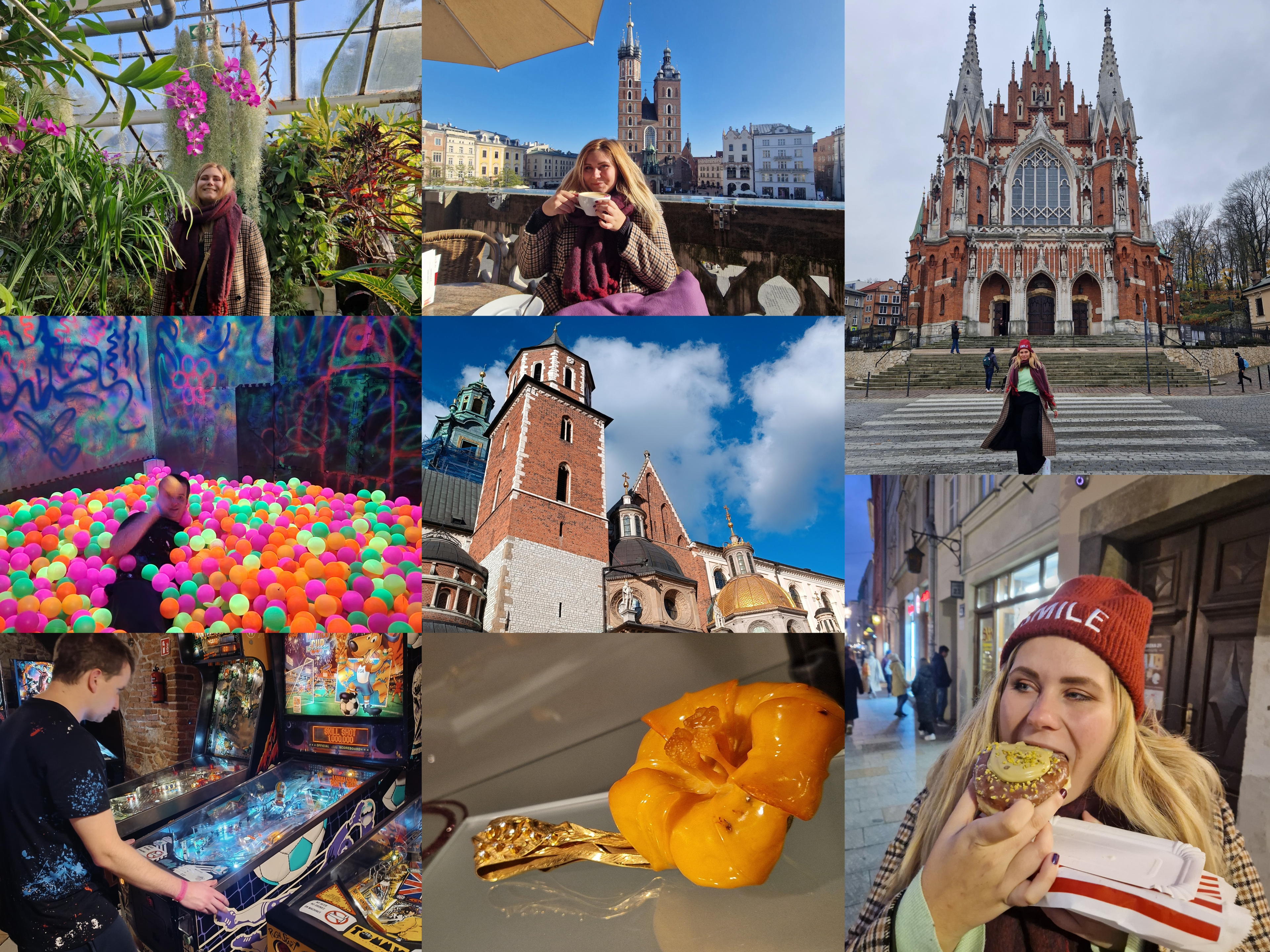
Where is Kraków?
Kraków is situated in southern Poland along the Vistula River, about 250 km south of Warsaw. Known as Poland's cultural and intellectual hub, it is the country’s second-largest city and a key tourist destination. Surrounded by picturesque landscapes, including the Carpathian foothills, Kraków offers a blend of urban charm and natural beauty. Its central location makes it an ideal base for exploring nearby attractions, including the Wieliczka Salt Mine and the Tatra Mountains.

History of Kraków
Kraków is one of Europe’s oldest cities, with roots tracing back to the 7th century. It was the capital of Poland until the 16th century and remains a symbol of Polish culture and resilience. The city flourished during the Renaissance, evidenced by landmarks like Wawel Castle and the Main Market Square. Despite suffering during WWII, Kraków preserved much of its historical architecture, including the Jewish Quarter of Kazimierz, making it a UNESCO World Heritage Site.
Geological Setting of Kraków
Kraków’s geology is shaped by ancient Miocene seas, which deposited limestone and Jurassic formations in the region. Tectonic activity from the Carpathian uplift further molded the area, creating unique geological features. These include caves, cliffs, and the Wieliczka Salt Mine, formed from evaporated salt beds. This rich geology not only supports the city’s historic structures but also contributes to its natural attractions, such as the Bielańsko-Tyniecki Landscape Park and limestone outcrops in the surrounding countryside.
What to Know Before You Go? 📝
🧥 We went in October – It was VERY cold! Pack winter clothes.
🗣️ Language – Almost everyone speaks English, so no issues for tourists.
☕ Coffee is pricey – Expect to pay around 4–5 euros per cup.
🍴 Gastro tours – Book through a local agency; it’s often cheaper than booking online.
🚍 Public transport – Very well connected and easy to use.
📱 App to use – Download Jakdojade for public transport info.
🎫 Tickets – Cost 2–4 zł, depending on the zone and student discounts. You can also buy them at kiosks, machines (not always available), or on the app.
More about public transport here:
Day 1:
Our apartment was slightly outside the city centre but well-connected by buses and trams, or just a 20-minute walk on Kraków’s west side. We began our journey from north to south, starting with the Kraków Barbican (all details on history are inside the card when you click on it).
Kraków Barbican
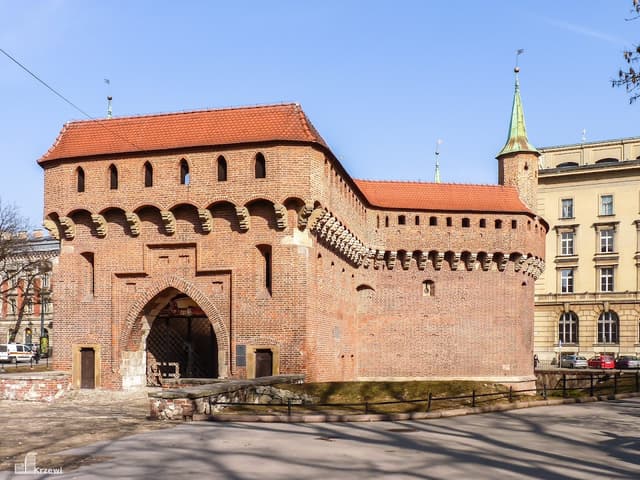
St. Florian's Gate (Brama Floriańska)

Then, take a leisurely stroll along Floriańska Street, where you'll find a variety of souvenir shops, restaurants, and bars. It’s the perfect spot to soak in Kraków’s vibrant atmosphere and enjoy its lively charm.
Floriańska Street (Ulica Floriańska)
Floriańska Street is one of Kraków’s most famous and lively streets, connecting St. Florian’s Gate to the Main Market Square. This historic thoroughfare was part of the Royal Route, once traveled by kings and nobles.
Lined with colorful townhouses, shops, and cafés, Floriańska Street offers a perfect mix of history and modernity. It’s a hub for shopping, dining, and exploring Kraków’s vibrant culture. Keep an eye out for architectural gems like the Pod Róża Hotel, Kraków’s oldest, and stop for a coffee or traditional Polish pastry along the way!

Rynek Główny – Kraków’s Main Market Square
Rynek Główny, the heart of Kraków’s Old Town, is Europe's largest medieval market square, dating back to the 13th century. Measuring 200 by 200 meters, it has been a hub of commerce, culture, and social life for centuries.
The square is surrounded by stunning historic architecture, including townhouses, palaces, and churches. The Cloth Hall (Sukiennice) stands at its centre, a Renaissance trading hub now home to shops, a museum, and a café with a view. Nearby, St. Mary’s Basilica (Bazylika Mariacka) impresses with its Gothic design and the hourly bugle call from its tower.
Other highlights include the Town Hall Tower (Wieża Ratuszowa), the Adam Mickiewicz Monument, and vibrant street performances. Whether exploring by day or enjoying its lively nightlife, Rynek Główny is a must-see for history and culture lovers.
St. Mary’s Basilica (Bazylika Mariacka) – History and Legend
The Hejnał is a famous trumpet call played every hour from St. Mary’s Basilica in Kraków, rooted in a tragic legend. During a Tatar invasion in the 13th century, a watchman spotted the enemy and began sounding the alarm. As he played, he was shot in the neck by a Tatar archer, stopping the call abruptly. To honour his sacrifice, the Hejnał is still played today, but it always ends mid-note, symbolizing his untimely death. This haunting tribute can be heard at the top of every hour, a reminder of the city’s history and the watchman’s bravery.

MNK Sukiennice
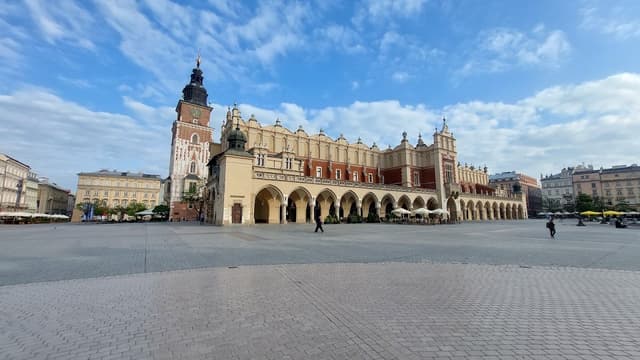
Town Hall Tower (Wieża Ratuszowa)

Eros Bendato – Sculpture in Kraków

After exploring the Main Square, head down Grodzka Street, where the Royal Route continues. The further you go from the square, the more affordable the souvenirs, food, and restaurants become, offering a more budget-friendly experience.
Grodzka Street (Ulica Grodzka) – A Historic Path
At the end of Grodzka Street, you’ll spot the iconic Wawel Castle—keep heading toward it!

Wawel Castle – History and the Dragon Legend
Finally, you reach the main attraction, Wawel Castle, perched atop Wawel Hill. This iconic symbol of Poland’s national identity is a must-see, offering a rich history that spans over a thousand years. Originally built in the 11th century, the castle has been the residence of Polish kings and the seat of royal power for centuries. Over the years, it has been expanded and renovated in various architectural styles, including Romanesque, Gothic, and Renaissance, making it a stunning example of Poland’s royal history.
At the foot of Wawel Hill, you’ll find the famous Wawel Dragon (Smok Wawelski) legend. According to the tale, a fierce dragon once terrorized the city by devouring villagers and their livestock. The dragon lived in a cave beneath the hill, where the Vistula River runs. To rid the city of the beast, a clever shoemaker named Skuba tricked the dragon into eating a sheep filled with sulfur. After the dragon drank from the river to quench its thirst, it exploded, ending the reign of terror. Today, a statue of the dragon stands at the foot of the hill, and it even "breathes fire" at intervals, delighting visitors with a nod to this legendary tale.

Smok Wawelski and the Dragon Trail
Smok Wawelski, or the Wawel Dragon, is one of Kraków’s most famous legends. The dragon sculpture by Bolesław Chromy, installed in 1972, proudly stands at the entrance to the Dragon’s Den, at the foot of Wawel Hill, where according to legend, the dragon made its home. This iconic creature has become a symbol of Kraków, and now, thanks to residents, it has an entire "dragon family" in the city.
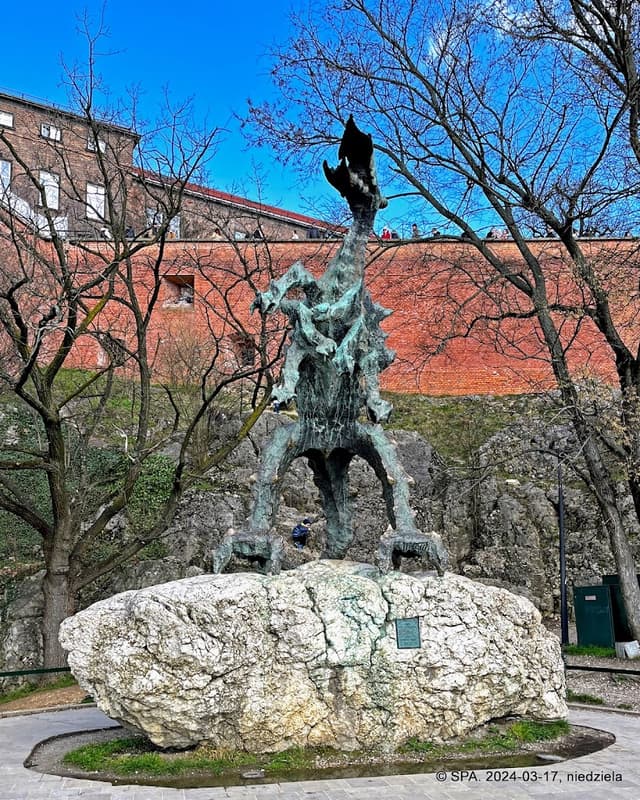
The "Dragon Trail" (Smoczy Szlak) was created in response to Kraków's love for the Wawel Dragon. Several dragon sculptures, including the iconic one by Bolesław Chromy, are scattered throughout the city. Designed by artists Andrzej Mleczko and Edward Lutczyn, these sculptures represent local history and legends. The trail starts at the Wawel Dragon and continues along the Vistula River, featuring whimsical dragons like a tourist, geographer, painter, kite-flying, water, and filmmaker dragon. Each sculpture offers a fun way to explore Kraków’s rich cultural heritage.
This historic tour took us all day, and we didn’t visit the castle museum as it was getting dark and we still wanted to explore the Jewish Quarter. Everything is card-friendly, so there was no need for cash. After seeing the dragon, we headed to the Jewish Quarter for pierogi, which were more affordable there than in the city center.
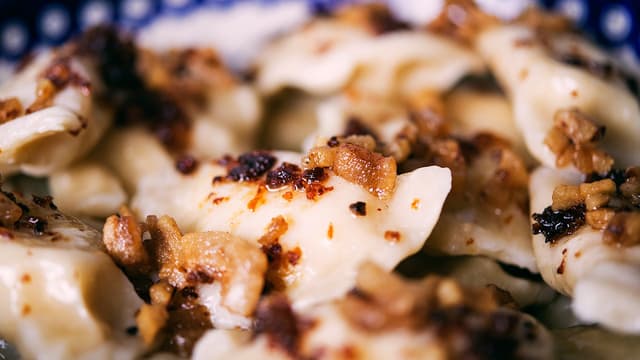
After a late lunch, we took a stroll around and visited the Old Synagogue and the Basilica of Corpus Christi. If you have time, I also recommend stopping by Wezze Krafta for some delicious pizzas.



At the end of the day, the sun had set, and it started to get really cold, so we headed to a cozy cat café, Kocia Kawiarnia Kociarnia, for some delicious hot chocolate. They offer a variety of hot beverages and have plenty of friendly cats. A great perk is that children under 7 are not allowed, ensuring a calm atmosphere. If it’s your first time at a cat café, be sure to follow their set of rules to ensure a stress-free experience for the cats.

Day 2:
Day two began with coffee at SOWILO café near our apartment. As I mentioned, coffee in Krakow is expensive, but wherever you go, the cafés are beautiful, and the coffee is delicious! After that, we decided to visit the Krakow ZOO. Initially, we planned to stop by Kościuszko Mound first, but it was a public holiday in Krakow, and the buses were running only once an hour. Since daylight was limited, we chose to go straight to the ZOO instead. Both attractions are easily reachable by bus. You can visit the Mound first and then continue to the ZOO—just hop on another bus. Google Maps works very well in Krakow and is highly reliable, so simply follow the directions.

Besides using public transport, you can also hike through the forest if you enjoy walking. The hike from Kościuszko Mound to the zoo takes about an hour, and the trail isn’t too steep. To stay on track, consider downloading the Mapy.cz app to follow the route. If you prefer public transport, bus number 134 goes directly to the zoo and usually runs every half hour, though service may be less frequent on Sundays.

This is their website, check ticket prices (or buy them online). There is a student discount and check working hours, in winter they are shorter:
After visiting the zoo, it was far too cold for a walk, so we decided to check out Krakow's most famous shopping mall, Galeria Krakowska, which is conveniently connected to the train station. On the upper level, you'll find restaurants that remain open even on Sundays when the mall itself is closed. So, if you need to wait for a bus, you can relax there. However, I have to disappoint you—clothing prices in the stores are quite similar to those in Zagreb.

P.S. Life hack: If you loved pierogi, you can buy them at a supermarket for around 2 euros and cook them at your apartment. It’s much cheaper than eating out, and they taste just as delicious!
Day 3:
On day three, we slept in a bit and decided to grab lunch and coffee at the cat café nearby. I have to admit, the pizza was absolutely delicious! 😊 It was the perfect cozy start to our day, surrounded by friendly cats and a relaxed atmosphere.

Next, to be honest, we didn't have anything specific planned. We simply wandered around the city, looking to explore museums and fun activities. Our first stop was WOMAI.
WOMAI in Krakow offers two unique and engaging exhibitions. Into the Dark allows visitors to experience the world through the perspective of blind people, exploring how they "see" using other senses—a deeply moving and educational experience. Into the Light is a fun, science-focused exhibition filled with interactive experiments, perfect for kids and curious adults alike. Each guided tour lasts about an hour, and tickets cost 50-55 złoty. Be sure to reserve your spot in advance!
Their official page:

Since we were in the neighborhood, we decided to visit St. Florian's Church, where the Royal Route begins. Afterward, we admired Jan Matejko Square and the Grunwald Monument. If you're a fan of local food, don't miss Stary Kleparz, a traditional food market offering a taste of Kraków's culinary heritage.




After that, we visited the Amber Museum. Krakow and Poland are famous for their amber, with a long history tied to this unique material. As early as the Neolithic period, humans were crafting objects from amber found in the region. Known as the "Gold of the North" or the "Gem of the Baltic," amber is fossilized tree resin, often characterized by its beautiful color and aromatic scent when burned.
The Amber Museum is FREE to visit and is located within a jewelry store. It can be found on Świętego Jana Street, just a few doors down from the Tourist Information Centre.

FINALLY, it was time to eat, so we decided to try a pizza place on the other side of the city. With darkness approaching, we had to be quick. The restaurant is called My Pizza – it's small, and the pizza wasn't bad, but honestly, the pizza at the cat café was better. While you're in the area, try to find one of the little dragon statues near the bridge. Another must-see in this part of the city is St. Joseph's Church – it's absolutely stunning.
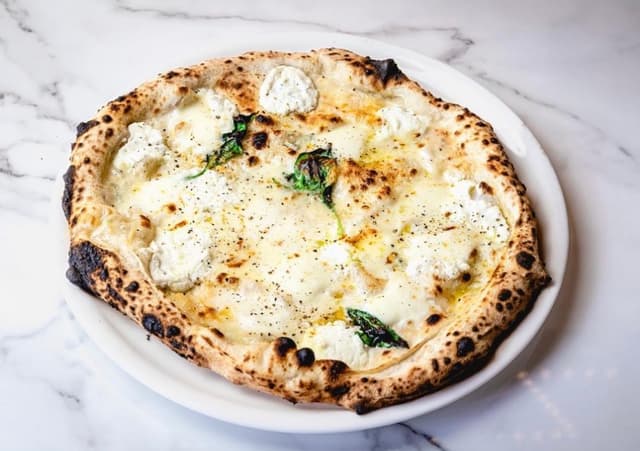

Since it was getting dark and cold again, we ended the day at the Pinball Museum, and it was so much fun! The ticket for one hour costs 50 (cca 11 euros) zloty, while a full-day pass is 70 (cca 16 euros) zloty. We went for the whole day because we ended up staying for several hours. With a wide variety of games to play, it turned out to be the most enjoyable experience in Kraków!

Day 4:
Of course, you have to start the day with coffee! Since it was raining for the first half of the morning, we went into the city around 10-11 AM and decided to grab some souvenirs at the MNK Sukiennice market. By 11, Szal café opened, so we headed there for coffee. Why this café, you ask? Well, it's a rooftop café/bar with an amazing view of the whole square. The entrance is a bit tricky to find but totally worth it. Drinks are on the pricier side, but since it was winter, it was perfect to soak up the sun around noon before the whole place went into the shade.
Try to find it 🤔
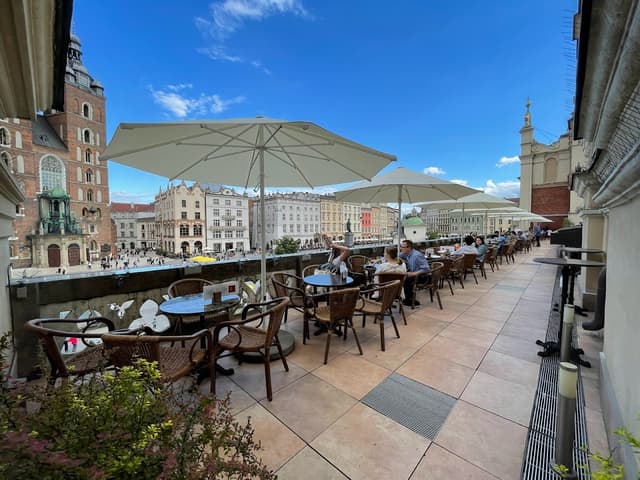
After Szal cafe, we headed to the Botanic Garden of the Jagiellonian University (Polish: Ogród Botaniczny Uniwersytetu Jagiellońskiego), founded in 1783 in Kraków. Located just east of the Old Town (Stare Miasto), the garden spans 9.6 hectares and is part of the Jagiellonian University, making it a historical gem!
⚠️ Important note: be sure to check the official website for their working time, as during winter months they’re open for only a few hours.
💰 The ticket fee is 22 PLN (about €4.70), and reduced tickets for students, schoolchildren (under 26), and pensioners cost 12 PLN (around €2.60).
🐉 Try to find little dragons along the way! Remember the Dragon Trail? They’re scattered all around the city, waiting to be discovered! 😉
Official page:

Since it started to get cold again, we decided to check out a tourist attraction called the House of Attractions. You can buy tickets for several different experiences, depending on how many attractions you want to visit. They’re all located near each other at the beginning of Grodzka Street.
We got the ticket for four attractions and paid 60 zł (about €13). I know, it’s a bit overpriced, but you only live once, so we decided to give it a try.
🦋First, we went to the House of Butterflies. As a biologist, I was a bit disappointed—it’s a small room with only one species of butterfly. There were also bunnies and birds, though, so it wasn’t all bad. The butterflies are very friendly, but it’s not really worth the hype. Still, if you have nothing else to do, it’s okay to visit.

🪞Next, we checked out the Mirror Maze. This was actually pretty fun! You have to find numbers to get to the next attraction, so we spent about half an hour getting lost and finding the numbers. Is it for kids? Yes. Is it fun? Yes. It’s up to you whether it’s worth it.
🕶️Next, we went to the VR glasses experience, where you enter a simulation using the numbers you found in the maze. It was fun, but it only lasts about 3-5 minutes, and you can’t try any other simulations.

Finally, we went to the Infinity Room. I was really excited for this, but in the end, I was disappointed. It’s just a cool room with mirrors for taking pictures. There’s nothing else to do there. So, did we fall for a tourist trap? Yes. Was it worth it? Meh... we could’ve skipped it, but it was cold outside. Was it worth the money? Probably not.
At the end, we decided to grab something to eat "to go" from a local bakery chain called Dobra Pączkarnia and head over to Cosmic Games Pub for a little break... well, not exactly a break—more like trying out different stuff, hehe.
Entrance is free, but if you want to play games, you’ll need to pay about 5 euros. They also have a great selection of local beers to try, and it was such a fun experience! They even have Cosmic Games Golf a few meters down the street. I can’t remember the exact price, but there’s a combined ticket for both (I think it was around 8 euros). Anyway, this was definitely a way better experience than the House of Attractions, and you get to meet people, too!
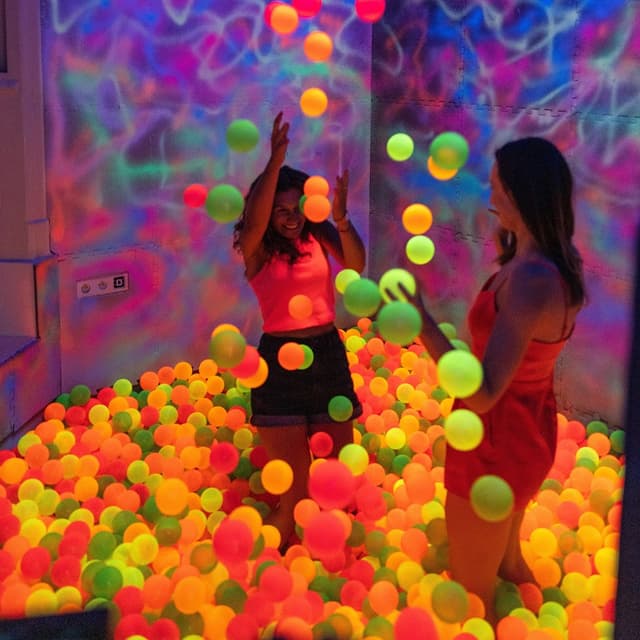

On day five, my boyfriend had to travel back home while I stayed for a few more days for a conference. It was a bit of a drama with the hostel, so we didn’t do much except visit Kazimierz shopping mall. The one thing I was sad about was not having time to visit the Banksy Museum. If you love art, definitely check it out! During the rest of my conference days, I found a cheap place for lunch and discovered a bunch of cool bars, so check out the map below for recommendations!
BUT you can use day five for visit to the salt mine!

Bars and lunch places:



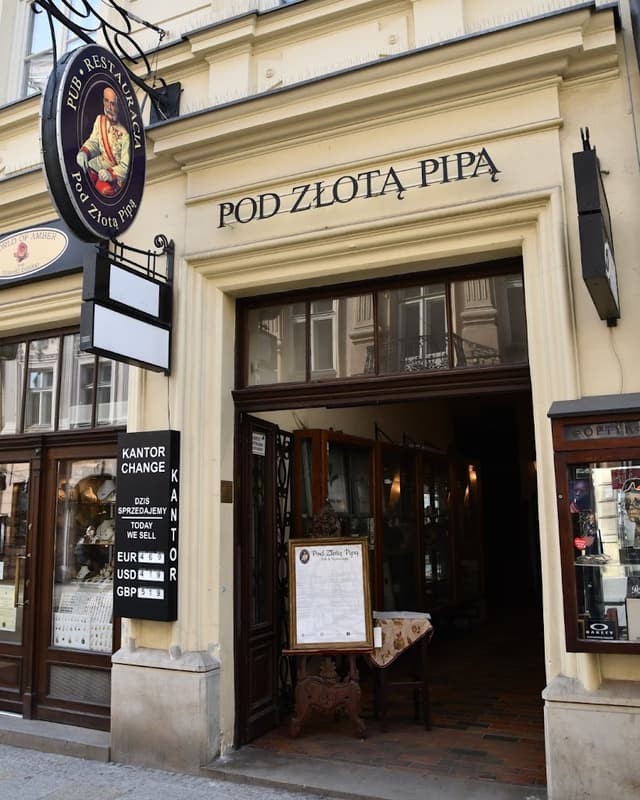



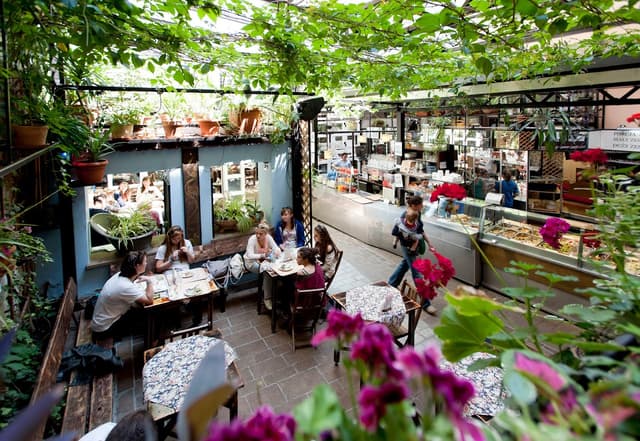

Thanks so much for reading my guide (you can also save it)! I hope you have as much fun in Krakow as I did! ❤️ If you found this helpful, please consider tipping me – I spent hours putting it together. Your support means a lot! 😊❤️
P.S. download the Thatch app for easier access.
Want more destinations near Krakow? Check out:
For more guides check out my profile 😊
The home for unique & authentic travel










